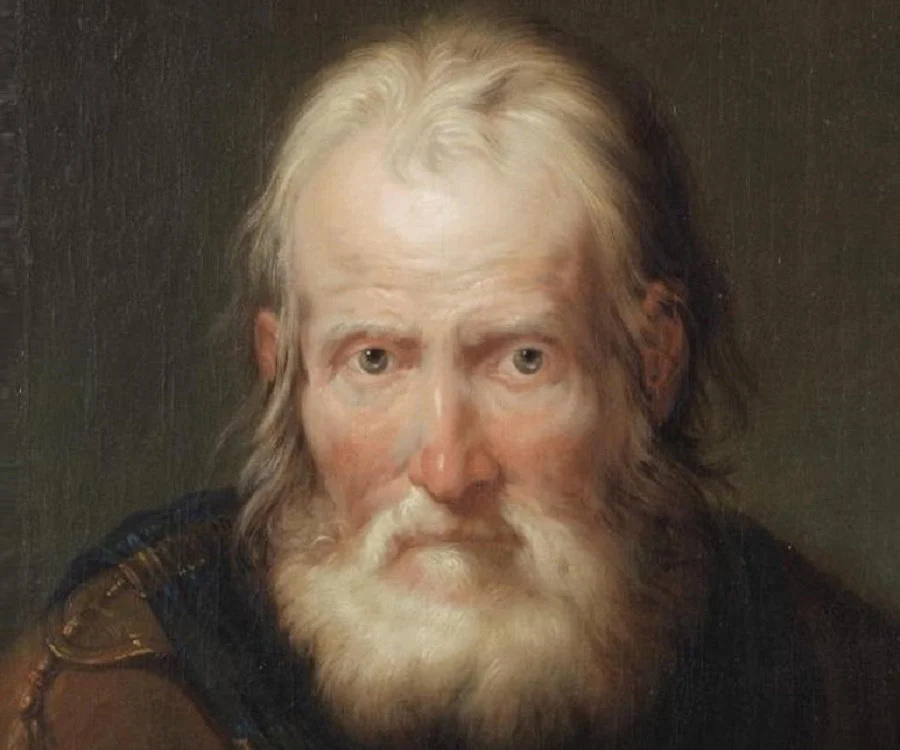The Eureka Moment: Archimedes and the Discovery of Buoyancy
The Eureka Moment
In the bustling city of Syracuse during the 3rd century BCE, a brilliant mind was at work, and his name was Archimedes. This renowned ancient Greek mathematician and inventor would go on to make one of the most significant discoveries in the realm of physics – the principle of buoyancy.
The tale begins with a royal predicament. King Hiero II of Syracuse had commissioned a crown made of pure gold. However, suspicions arose regarding its authenticity, and the king sought the expertise of Archimedes to determine whether the crown was indeed crafted from the precious metal.
Archimedes, known for his love of problem-solving, took on the challenge with fervor. The breakthrough moment, as legend has it, occurred in an unexpected setting – Archimedes was taking a bath. As he immersed himself in the tub, he noticed the water level rising. This observation sparked an idea that would change the course of scientific understanding.
Realizing that the volume of water displaced by his body was equal to the volume of his body immersed in the water, Archimedes understood the potential implications of this principle. He had discovered a way to measure volume without direct measurement, and it was this realization that led him to his famous exclamation, "Eureka!"
Driven by excitement and clad only in his birthday suit, Archimedes ran through the streets of Syracuse proclaiming his discovery. It was an electrifying moment for the scholar, and it marked the birth of a new understanding of buoyancy.
The practical application of this revelation came when Archimedes proposed a solution to King Hiero's dilemma. By submerging the crown in water and measuring the water displacement, Archimedes could compare the volume of water moved by the crown to that of an equivalent weight of pure gold. If the volumes were the same, the crown was made of pure gold.
The next day, in the presence of King Hiero, Archimedes conducted the experiment. As anticipated, the volumes of water displaced were equal, confirming the purity of the crown without inflicting any damage. It was a triumph not just for Archimedes and the king but for the scientific world at large.
Archimedes' brilliant insight into the relationship between an object's volume and the water it displaces became known as Archimedes' principle. This fundamental concept laid the groundwork for our understanding of buoyancy and is still applied in various scientific disciplines today.
In conclusion, the eureka moment in Archimedes' bathtub not only resolved a royal dilemma but also propelled the world of science forward. The principles he uncovered continue to inspire and guide scientific exploration, reminding us that even the simplest observations can lead to profound discoveries.






Comments
Post a Comment